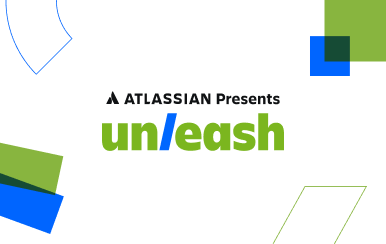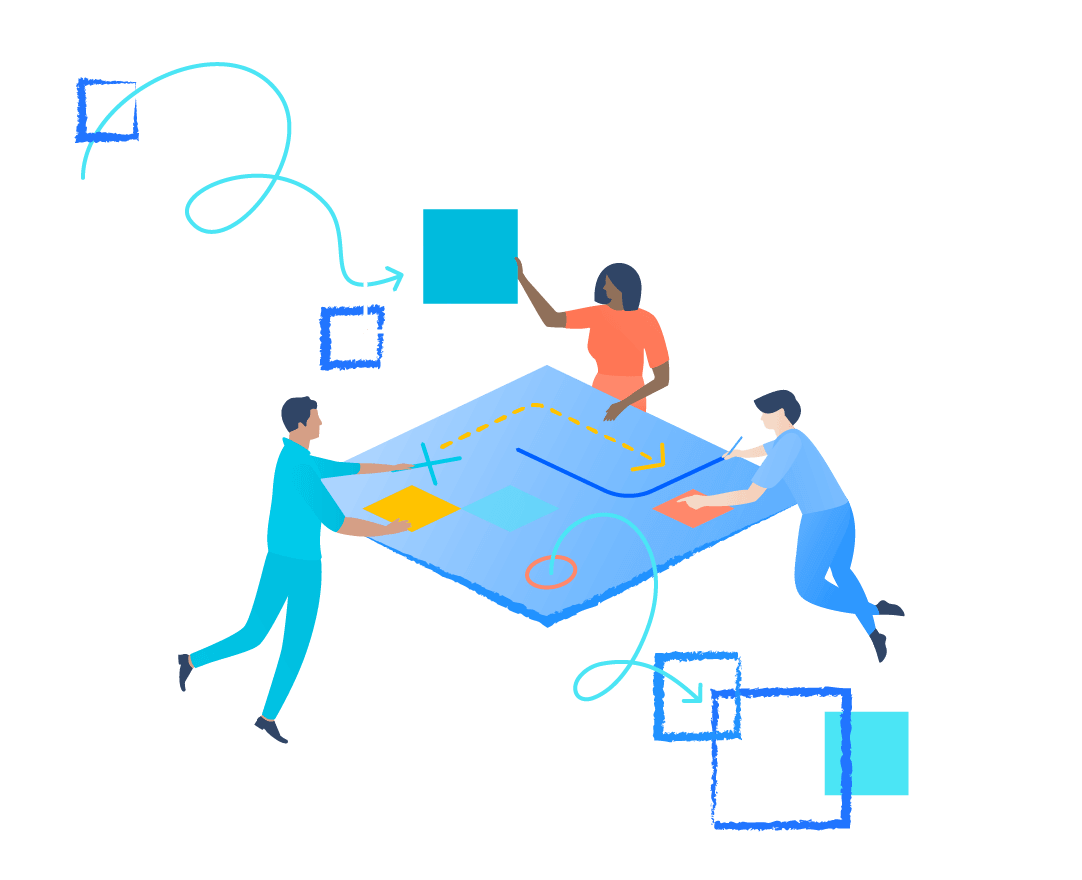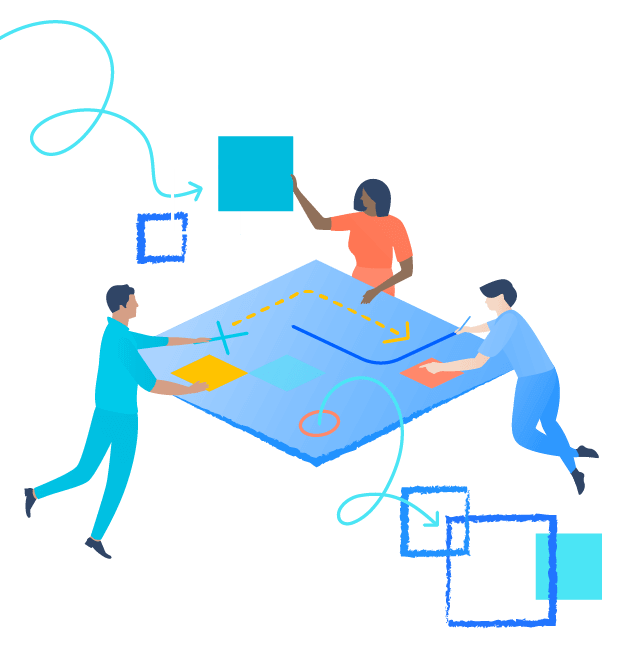What you'll need
Remote
Video conferencing with screen sharing
Empathy Map
In-person
Meeting space
Empathy Map
Whiteboard or butcher paper
Markers
Timer
Optional templates
Atlassian Templates
Instructions for running this Play
Before you begin, determine what you’ll include in your empathy map — every organization’s empathy map, or persona map, will be unique. Our empathy map template may work for your team as-is, but we encourage you to make changes that suit your organization’s needs.
Most importantly: don’t guess, and don’t make assumptions. To determine what influences your customers, such as their behavior, surroundings, thoughts, and feelings, draw on interviews with actual customers before the session.
The empathy map you create will organize the raw information from those interviews and turn them into insights your team can use when designing improvements to your product or service. Explore the Customer Interview and Contextual Inquiry Plays for more details.
1. Prepare your practice 15 MIN
Select one to three personas and a product or service to explore during the session. You can create empathy maps for an existing product to better understand how your personas feel about it right now. Or, you can create an empathy map with a new product in mind to help articulate how you want customers to feel about it in its future state. It's up to you to determine what's best suited to your team.
Schedule a meeting and include a link to the personas you've selected and any user research or data you’d like everyone to review ahead of time.
Before the meeting begins, draw your empathy map on butcher paper or a whiteboard, and if you’re conducting your session remotely, pull your empathy map up on your screen and share it with participants. Print or share relevant data and personas to serve as cues.
2. Set the stage 5 MIN
As you begin the meeting, explain that the group's task for the hour is to immerse themselves in the target personas. This isn't a sterile tick-the-box exercise you can sleepwalk your way through — everyone should challenge themselves to imagine how customers really feel.
Review any information you shared prior to the session, and introduce the personas.
3. Run an empathy map example 5 MIN
Help team members prepare to morph into their customer persona by choosing an example persona unrelated to your product or service and running through a quick role-play.
For example, you could choose to map the persona of a 42-year-old man who likes breakfast cereal. Walk through the sections of your empathy map and explore what the persona:
- Thinks and feels about their worries or aspirations. For example: "Wants to stay healthy. Worries about his cholesterol level."
- Hears from people around them while using your product or service. For example: "Friends say high-fiber cereals are bland and tough to chew."
- Sees while using your product or service. For example: "Reads the cereal box and looks for nutritional information. Wonders how nutritious it is."
- Says and does in public or in private while using your product or service. For example: "Talking with his wife and preparing for the kids' school drop off run."
- Experiences as a pain point or fear when using your product. For example: "Is annoyed our cereal gets soggy in milk quickly."
- Experiences as a positive or gain when using your product. For example: "Tasty breakfast! Usually doesn’t feel hungry again until lunchtime."
Don’t spend too much time here. The goal of the empathy map example is just to get everyone in the right mindset and show first-timers how the process goes.
4. Fill in the empathy maps 15 MIN
Divide the team into groups of two or three people. Assign each group one of the personas, and allow everyone 10 - 15 minutes to fill in their empathy map. If you have more small groups, give them less time now so you’ll have more time later for each group to share their map with the larger group.
Add items as quickly as possible. Things that don’t belong can be pruned in the next step.
Pay special attention to pain points. You want to improve a product or service, right? Think about what the persona hears from friends or says about the product in terms of the pain points, complaints, or discomforts they experience when using it.
Discomfort is often the greatest motivator for change — you want to encourage the persona to move closer to your product, not farther away from it. Focus on those pain points and figure out how to achieve your goal.
Pro tip
Feeling like a bit of fun? Bring in props like a hat, mask, or shirt to wear so you really get into the customer persona's mindset.
5. Present the empathy maps 30 MIN
Next, bring the groups back together to present their persona maps. As each small group presents, encourage the full group to raise questions or items for discussion.
You can ask:
- What insights does the map reveal?
- What assumptions are we making that need to be researched?
- Where do we have gaps in knowledge?
Refine the maps and make note of items that might warrant further investigation, discussion, or action.
6. Determine next steps 5 MIN
This exercise isn’t meant to exist in a vacuum. The idea is to pull at least one or two actionable insights out of this meeting — don’t settle for less!
Did you stumble on questions that need to be answered before moving ahead with your project? Assumptions that need to be validated? Ideas that should be investigated?
Discuss as a group what you learned from the empathy maps and how your insights can be applied as you work on your project or operate and improve your service.
Finally, assign tasks, owners, and due dates as necessary.
Variations
Rather than having the facilitator or full-time owner select personas for the session, ask participants to choose them in advance of the session. This can increases the group's sense of ownership and engagement. You may be surprised at what the team comes up with!
Explore other Plays
From our team, to yours
Stay up-to-date on the latest Plays, tips, and tricks with our monthly newsletter.


